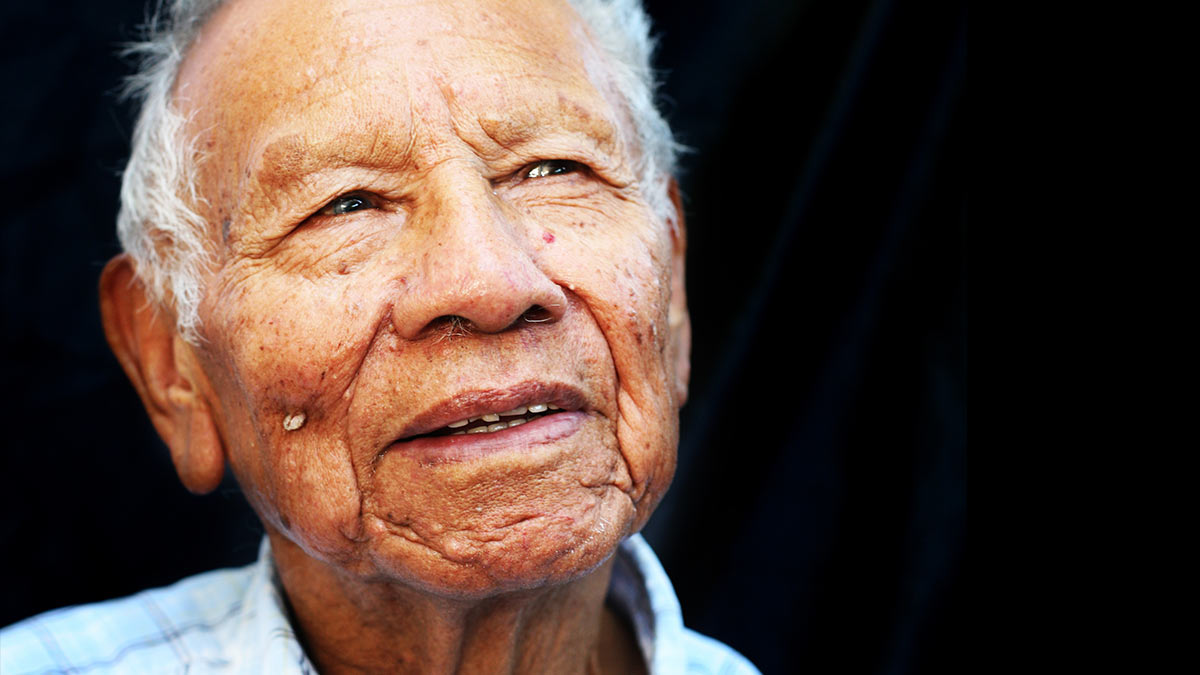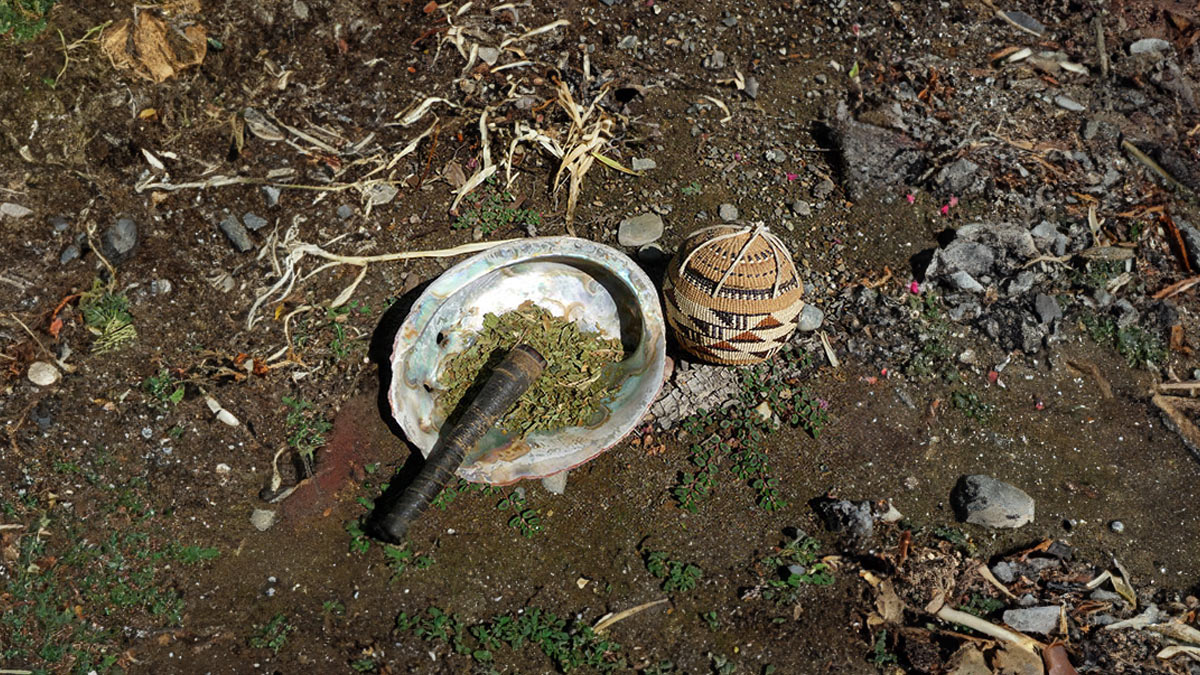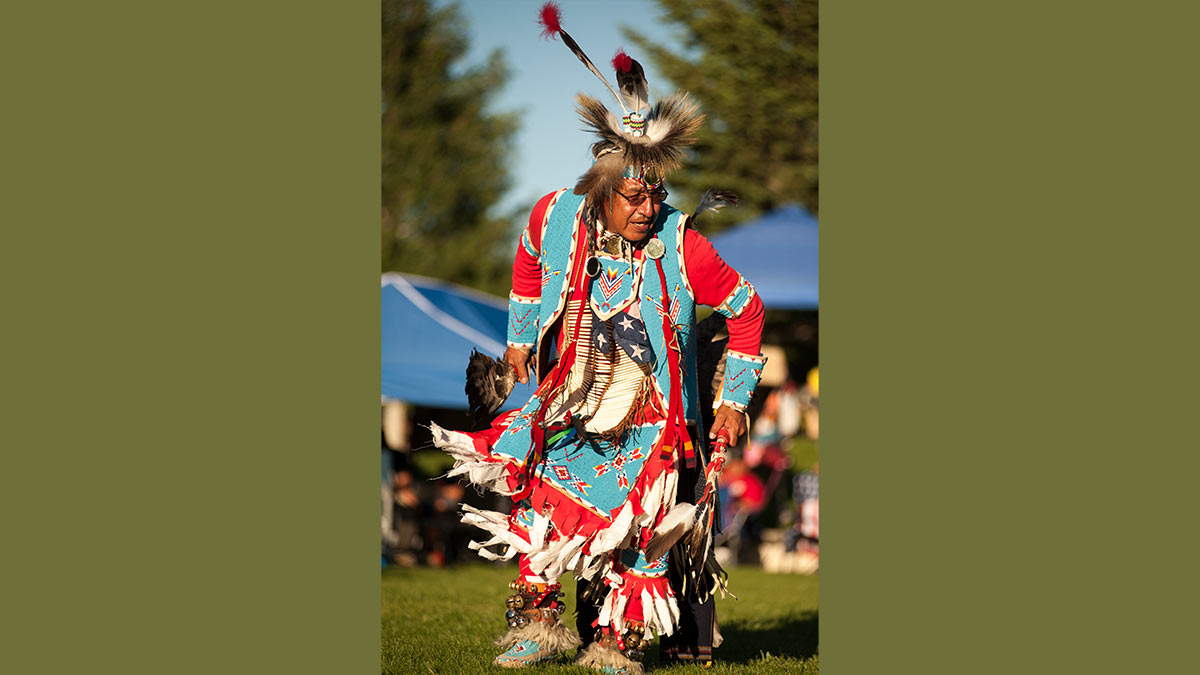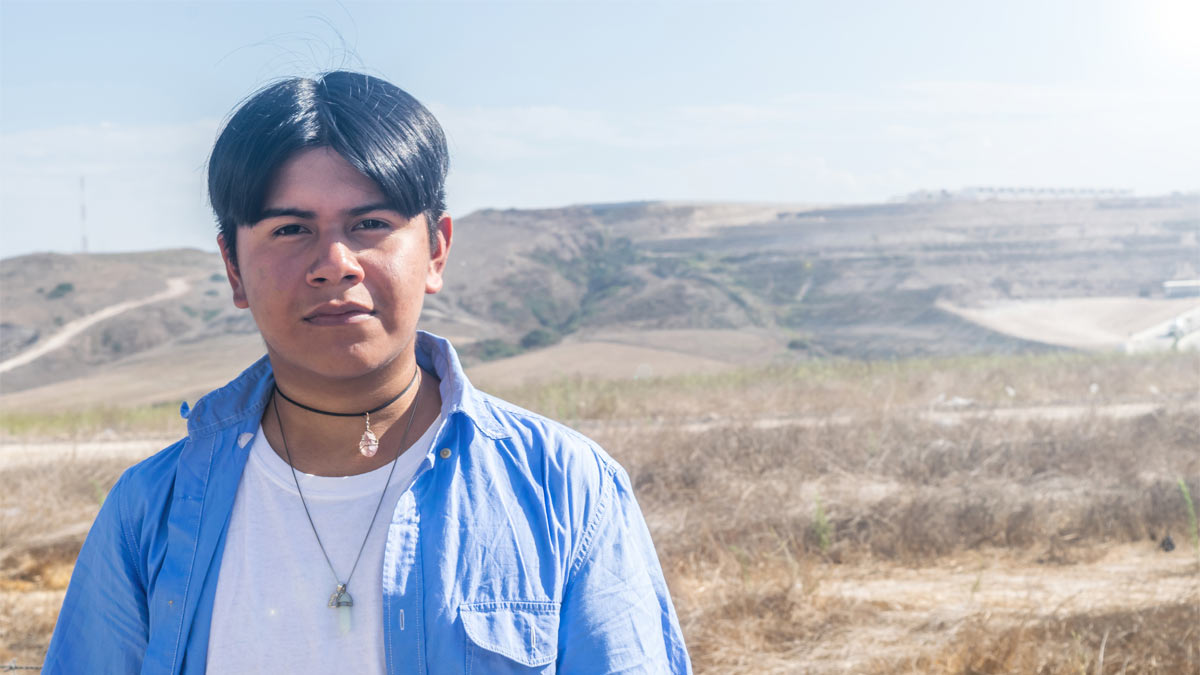At a glance
- The tobacco industry targets AI/AN communities with marketing and advertising.
- Stress can increase commercial tobacco use and make health problems worse.

Overview
Some historical policies and practices have led to worse mental and physical health among American Indian and Alaska Native (AI/AN) people. For example:
- The Indian Removal Act of 1830 and the Dawes Act of 1887 ordered AI/AN people from the lands they had been living on. This removal by force contributed to the loss of entire tribes, their culture, traditions, and languages. Many AI/AN people are faced with daily reminders of these losses, and many still experience grief from this historical trauma. This helps to explain why AI/AN people have some of the highest rates of poor mental health among U.S. population groups.
- From the late 1880s until the passage of the Indian Religious Freedom Act of 1978, U.S. laws banned many AI/AN cultural practices, including some traditional uses of tobacco. To keep their cultural practices alive, some groups began to substitute commercial cigarettes for traditionally grown tobacco at ceremonies.
- As outlined in certain U.S. legislative acts (e.g. Snyder Act, Transfer Act) the Indian Health Service is responsible for providing health services to AI/AN people. Resources needed to support health services have not kept up with rising prices, and more people now need to use these services.1 This makes AI/AN health disparities worse.1
There are also current reasons—like the ones explored below—that help explain why commercial tobacco harms the health of AI/AN people.A

The tobacco industry targets AI/AN communities with marketing and advertising
Tobacco companies promote their products more heavily to people in racial/ethnic minority groups, including AI/AN people.2
In order to target AI/AN people, the tobacco industry uses many strategies to influence people and make it seem like they are doing good for the community. Some examples include:
- Giving financial support to cultural events like powwows and rodeos.2
- Using images, symbols, and names that have special meaning in tribal culture (such as feathered war bonnets or illustrations of American Indians smoking pipes) to sell commercial tobacco products.3
- Giving misleading statements about traditional tobacco to persuade AI/AN people to use commercial tobacco products instead of or alongside traditional tobacco.3
- Cutting prices on commercial tobacco sold on tribal lands to attract and keep customers.2

There are steps that can be taken to reduce the pressure to buy commercial tobacco that comes with heavy advertising and discounts, such as:
- Making the difference between commercial and traditional tobacco clear.
- Using money from state tobacco settlement funds—which are paid to states every year by tobacco companies—to collaborate with AI/AN people to develop strategies for commercial tobacco control and prevention.
- Supporting counter-tobacco education and advocacy efforts developed by and for AI/AN communities, including:
Stop the Sale of Our Image: Don't Buy the Lie: This community-based campaign from California raises awareness of how commercial tobacco ads promote stereotypes of American Indians.4
Keep Tobacco Sacred: Minnesota tribes developed Keep Tobacco Sacred, an ad campaign and related documentary that remind and educate about the differences between traditional and commercial tobacco.
Community-based coalitions: The Cheyenne River Sioux Tribe Canli Coalition organized to prevent an e-cigarette company from implementing a targeted marketing campaign that included price promotions, coupons, giveaways, and charitable contributions and that had been presented to tribal leadership using false and misleading statements.5
Stress can increase commercial tobacco use and make health problems worse
Stress, such as that caused by financial problems, discrimination, or violence, can make someone more likely to smoke.6789 Some AI/AN people face many types of stress:
- They have the highest poverty rate of all racial/ethnic groups in the United States.1011 Chronic financial problems are a major source of stress.
- AI/AN youth face multiple stressors, including poverty, racism, and traumatic life events.12
- AI/AN youth aged 11–15 are more likely to report that they have experienced discrimination due to their ethnicity than non-Hispanic White youth.13
When people have severe or long-lasting stress, their bodies respond by raising stress hormones and keeping them raised.1415 When this goes on for a long time, they may develop health problems like high blood pressure and type 2 diabetes.161718 Smoking cigarettes also leads to disease and disability and harms nearly every organ of the body.19

- "Commercial tobacco" means harmful products that are made and sold by tobacco companies. It does not include "traditional tobacco" used by Indigenous groups for religious or ceremonial purposes.
- Warne D, Bane Frizzell L. American Indian health policy: historical trends and contemporary issues. Am J Public Health. 2014;104(Suppl 3): S263–S267.
- Lempert LK, Glantz SA. Tobacco industry promotional strategies targeting American Indians/Alaska Natives and exploiting tribal sovereignty. Nicotine Tob Res. 2019;21(7): 940–948.
- D'Silva J, O'Gara E, Villaluz NT. Tobacco industry misappropriation of American Indian culture and traditional tobacco. Tob Control. 2018;27(e1):e57–e64.
- Forster JL, Rhodes KL, Poupart J, Baker LO, Davey C. Patterns of tobacco use in a sample of American Indians in Minneapolis-St. Paul. Nicotine Tob Res. 2007;9(Suppl 1):S29–S37.
- O'Leary R. Examining the Youth E-Cigarette Epidemic. Testimony Before the Subcommittee on Economic and Consumer Policy. House Committee on Oversight and Reform, U.S. House of Representatives; 2019. Accessed March 19, 2022. https://oversightdemocrats.house.gov/sites/evo-subsites/democrats-oversight.house.gov/files/2019.07.24%20O%27Leary%20Testimony.pdf
- Slopen N, Dutra LM, Williams DR, et al. Psychosocial stressors and cigarette smoking among African American adults in midlife. Nicotine Tob Res. 2012;14(10):1161–1169.
- Hodge F, Nandy K. Factors associated with American Indian cigarette smoking in rural settings. Int J Environ Res Public Health. 2011;8(4):944–954.
- Johnson-Jennings MD, Belcourt A, Town M, Walls ML, Walters KL. Racial discrimination's influence on smoking rates among American Indian Alaska Native two-spirit individuals: does pain play a role? J Health Care Poor Underserved. 2014;25(4):1667–1678.
- Soto C, Baezconde-Garbanati L, Schwartz SJ, Unger JB. Stressful life events, ethnic identity, historical trauma, and participation in cultural activities: Associations with smoking behaviors among American Indian adolescents in California. Addict Behav. 2015;50:64–69.
- U.S. Census Bureau. 2019 American Community Survey Single-Year Estimates. Accessed March 19, 2022. https://www.census.gov/newsroom/press-kits/2020/acs-1year.html
- U.S. Census Bureau. American Community Survey 2015–2019 5-Year Data Release. Accessed March 19, 2022. https://www.census.gov/newsroom/press-kits/2020/acs-5-year.html
- Goodkind JR, Ross-Toledo K, John S, et al. Promoting healing and restoring trust: policy recommendations for improving behavioral health care for American Indian/Alaska Native adolescents. Am J Community Psychol. 2010;46(3–4):386–394.
- Serfaini K, Donovan DM, Wendt DC, Matsumiya B, McCarty CA. A comparison of early adolescent behavioral health risks among urban American Indians/Alaska Natives and their peers. Am Indian Alsk Native Ment Health Res. 2017;24(2),1–17.
- Juster RP, McEwen BS, Lupien SJ. Allostatic load biomarkers of chronic stress and impact on health and cognition. Neurosci Biobehav Rev. 2010;35(1):2–16.
- Guyll M, Matthews KA, Bromberger JT. Discrimination and unfair treatment: relationship to cardiovascular reactivity among African American and European American women. Health Psychol. 2001;20(5):315–325.
- Brockie TN, Heinzelmann M, Gill J. A framework to examine the role of epigenetics in health disparities among Native Americans. Nurs Res Pract. 2013;2013:410395.
- Tehee M, Buchwald D, Booth-LaForce C, Omidpanah A, Manson SM, Goins RT. Traumatic stress, social support, and health among older American Indians: The Native Elder Care Study. J Gerontol B Psychol Sci Soc Sci. 2019;74(5):908–917.
- Jiang L, Beals J, Whitesell NR, Roubideaux Y, Manson SM; AI-SUPERPFP Team. Stress burden and diabetes in two American Indian reservation communities. Diabetes Care. 2008;31(3):427–429.
- U.S. Dept of Health and Human Services. The Health Consequences of Smoking: 50 Years of Progress. A Report of the Surgeon General. U.S. Dept of Health and Human Services, 2014. Accessed March 19, 2022. https://www.ncbi.nlm.nih.gov/books/NBK179276/
